New Jersey Future Blog
Compact Downtown Development Offers Property Tax Benefits
November 17th, 2011 by New Jersey Future staff
- There is growing recognition that compact development in downtown areas requires less government investment in infrastructure, as well as ongoing maintenance and services, than more sprawling development located away from a town or city center.
- After completion, compact development projects in downtown areas typically yield higher property tax revenues per acre. When lower costs and higher revenues combine, as they often do for these projects, local governments enjoy a fiscal advantage.
- An analysis done for New Jersey Future of properties in New Brunswick and the Morristown area finds that compact downtown developments pay significantly higher property taxes per acre than lower-density development located outside downtown areas.
Analysis in Two New Jersey Locations Mirrors National Findings
When local governments plan for development, their decision-making process often includes a basic cost/benefit analysis that considers fiscal and other qualitative factors. Perceived benefits such as new shopping and jobs may be weighed against potential traffic congestion and loss of open space. Fiscal costs may include the need for infrastructure investments, as well as ongoing expenditures for schools and public safety. One component of the fiscal benefits of development projects can be calculated based on the expected property tax revenue.
To demonstrate these fiscal considerations, some planners have compared development projects with differing densities, based on the financial return on investment per acre. The novelty of their work lies not only in its financial focus, but also that their comparisons are based on tax revenue per acre, rather than per lot or per building. Studies conducted in Asheville, N.C., and Sarasota, Fla., by Joe Minicozzi of Public Interest Projects found “on a per-acre basis, sprawling single-use developments, such as big-box stores, do a poor job of providing governments with needed tax revenue. Dense, mixed-use development, usually downtown or adjacent to transit, is financially much more beneficial.”
Using a similar methodology, New Jersey Future looked at property tax and acreage information for properties in two New Jersey locations: the city of New Brunswick and the town of Morristown and its immediate surroundings (the adjacent municipalities of Morris Township and Hanover Township). Data were compiled for properties in seven categories: residential suburban single-family; residential multifamily, low-rise (2 stories); residential multifamily, mid-rise (3-5 stories); commercial low-rise; commercial mid-rise (3+ stories); mixed-use mid-rise (3-5 stories); and mixed-use high-rise (6+ stories). The analysis was applied to 16 projects in the Morristown area and 18 projects in New Brunswick.
In the Morristown area, mixed-use mid-rise properties paid the highest average property tax per acre ($461,410 in 2010), followed closely by commercial mid-rise properties. On average, commercial properties of three to five stories generated 15 times the property taxes per acre of their one- to two-story counterparts. Among purely residential properties, multifamily mid-rise buildings paid the highest property taxes per acre ($216,156 in 2010), more than nine times the average per-acre property taxes paid by freestanding, single-family homes in the area.
In New Brunswick, mixed-use high-rise properties were the clear winners in terms of revenue generation. Their average property tax per acre ($674,533 in 2010) was 6.5 times greater than mid-rise mixed-use properties, and 25 times higher than low-rise commercial properties. Among residential properties, mid-rise projects in New Brunswick paid $105,597 per acre in 2010, more than twice the property taxes per acre paid by other forms of residential development.
This new form of analysis is by no means the only basis for making or evaluating development decisions. Just because high-density projects can be fiscally advantageous does not mean they make the most sense in all locations. But this analysis does make a case for governments to support compact, mixed-use urban-scale development and redevelopment as opposed to sprawl-style projects, especially in places like existing downtowns and areas near transit hubs, where compact growth makes sense for other reasons.
This issue of Future Facts was based on research conducted by Elizabeth Katen-Narvell. If you have any questions, please contact Rick Sinding, Senior Communications Consultant.
Read more about New Jersey Future’s work, or become a member. For more information, please contact Dan Fatton at 609-393-0008 ext. 105.

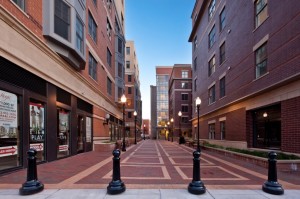
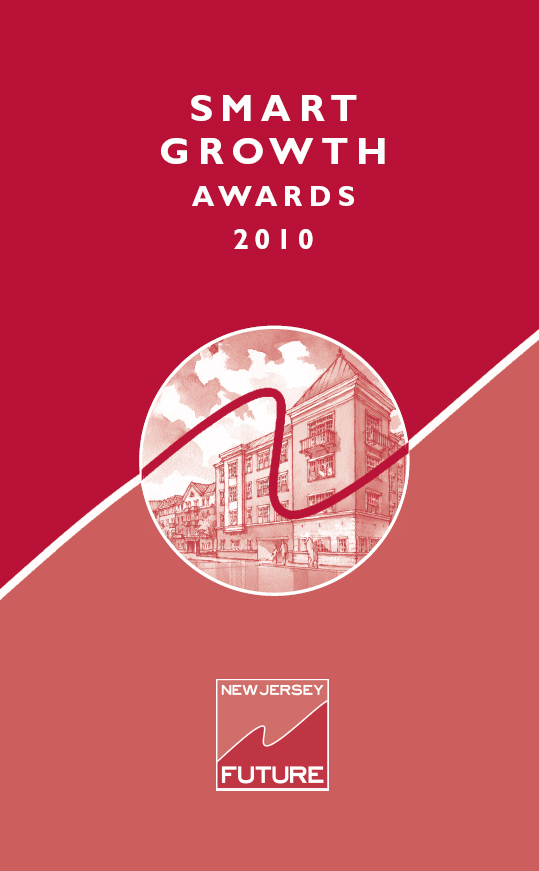
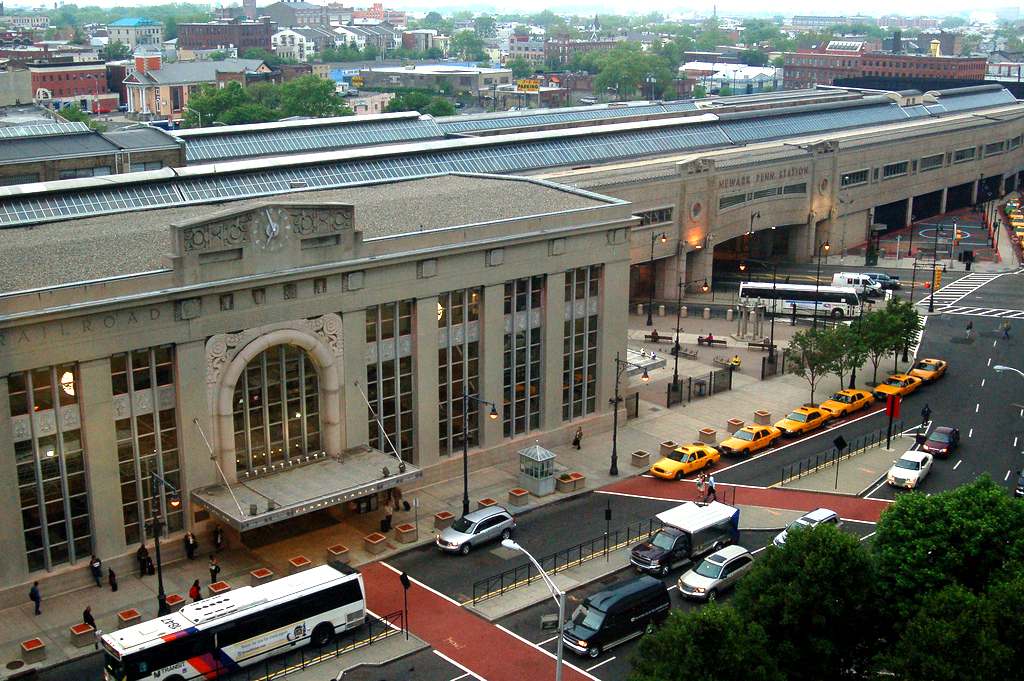
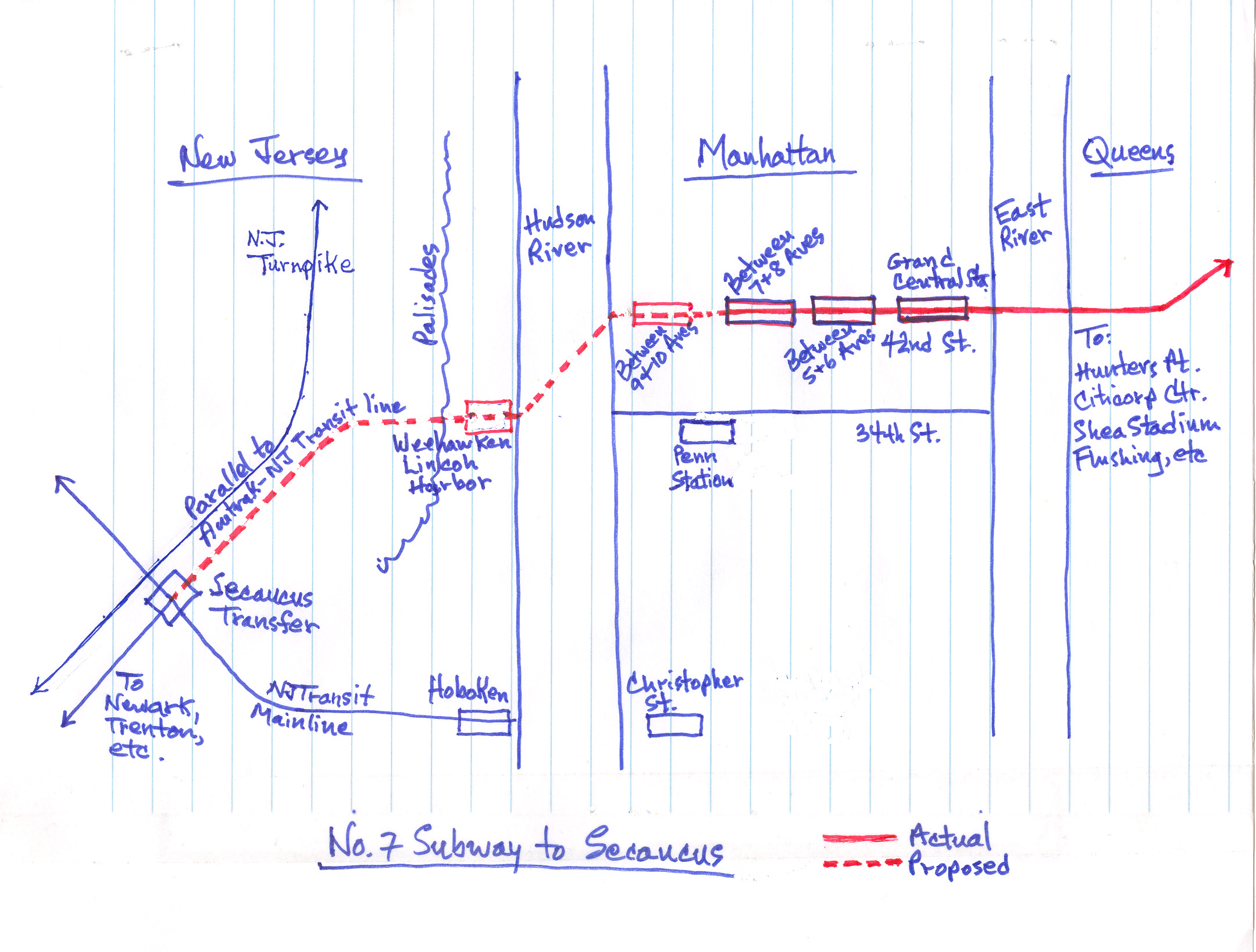

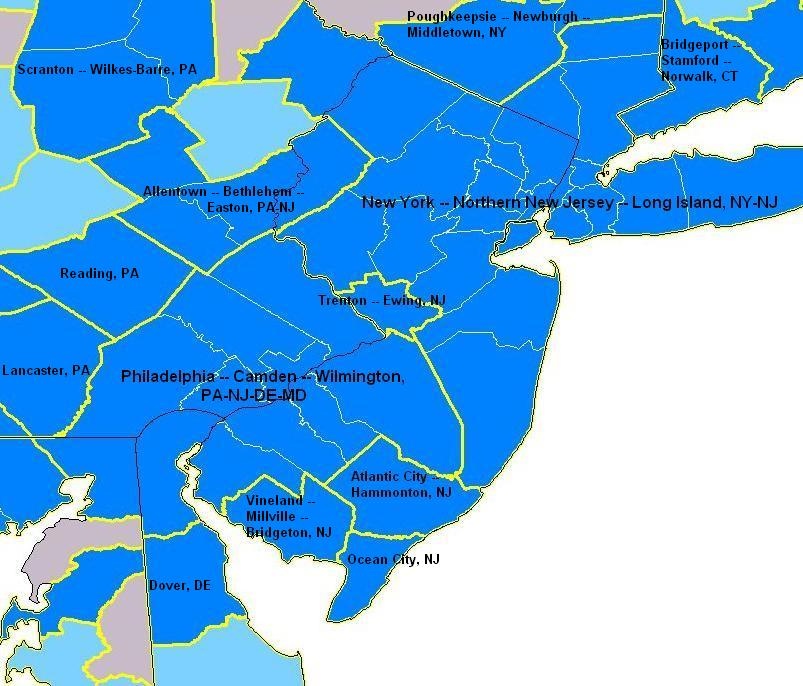











Wait!
You’re ONLY saying that dense downtown development produces more property taxes per acre? Isn’t that already patently obvious? I think all would already agree that a multi-use, multilevel building built on one acre of land is worth millions of dollars more than a large McMansion or strip mall built on an equivalent sized lot and would therefore bring in much more in property taxes.
Now, it would have been really something if your study concluded and had hard numbers to prove that dense downtown development in New Jersey brings in a higher amount in property taxes relative to services needed vs that of sprawl development. I know many have done this research before but I feel THAT is the important factor to get across to decision makers!